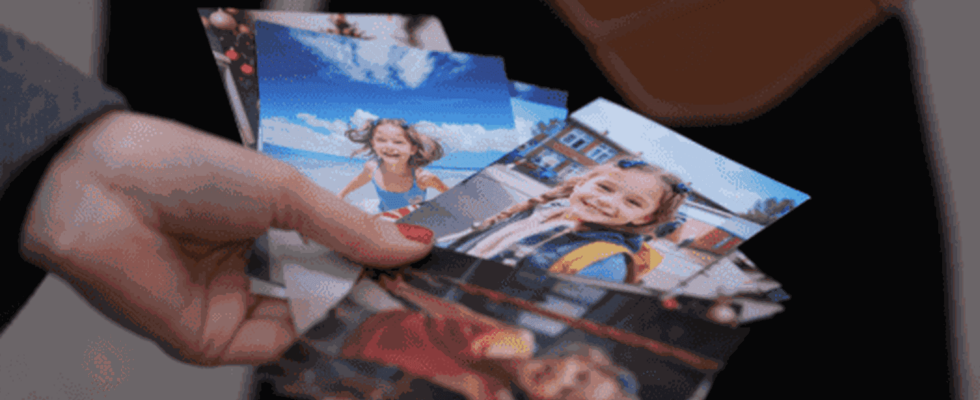Every parent knows not to share photos of your child on social media. But they are far from imagining what the predators really do with it: the reality is worse than we think and the risks are very real.
According to the Observatory of Parenthood and Digital Education, 53% of French parents have already shared content about their children on social networks, and 43% of them started publishing from birth. A common and rather harmless gesture that many parents, proud of their children, like to share with those around them, without seeing the harm in it. Moreover, some have the reflex to limit the circle of friends, to blur the face, to add glasses or an emoji, to publish a photo of the back so as not to see the child too much… But these good ones precautions are not enough. “Predators are everywhere, in all walks of life and all age groups, and they have the face of everyone. They can have a friendly look and even in a closed circle, it can be an uncle, a cousin, the parent of a friend from school…”explains Violaine Monmarché, Deputy General Director of the CAMELEON association, which has just launched a shocking campaign to challenge parents about the often unknown consequences of sharenting.
In this video, a mother distributes photos of her daughter to strangers in the street, revealing to them all the precise details of her daily life: we learn that the little girl named Lya and aged 6 goes to the gym , every Wednesday at 5 p.m., that she recently spent her family vacation in the Canaries and that she has just started first grade in the school “right next door”, avenue Victor Hugo… So many information that we ultimately share, without realizing it, on the Internet. At the end of the video, this message is displayed: “Without knowing it, this is what you are doing by exposing your children on the networks. Sexual predators say thank you.“
A poster campaign supports this video. Men, telephone in hand, are depicted in front of a school exit, playgrounds or bus stops… with the following message: “Thank you for exposing your child on the networks. Now I know where to find it. Millions of sexual predators are like me.”
“Would it occur to us to distribute photos of our children to simple strangers on the street? No. Nobody does that. So why do it on the networks?” asks Antoine Colin, creative director, himself the father of a 9-year-old girl, who, after working for two years on the poster campaign, no longer publishes photos of his child at all: “these are all tools that give predators the means to attack our children“, he tells us. Indeed, the figures are edifying: 40% of people who have viewed child abuse content online subsequently sought to contact a child.
And if you thought (like us) that the main risk was finding photos taken of children for sexual purposes, the reality is much worse! “There are different levels in this cybercrime content”tells us Violaine Monmarché. “We are talking about torture, death, with more and more content from younger and younger children, notably the head of a baby that we find in a video of murders“, deplores the director. In addition, we are not really talking about child criminal sites and it is not just the dark web that is being blamed: this is a real organization: it is estimated at around 2 million and a half of child molesters around the world: “predators help each other in a sordid way, they give each other advice on how to successfully make a child faint, they exchange approach techniques“…
We are therefore a long way from the days when parents taught their children not to talk to strangers in the street (even if they offered us candy). Finally, it is the accumulation of these photos shared on the internet which makes it possible to draw the child’s profile with precise information on their location, their hobbies, their tastes, etc. “This opens a dangerous gap in the daily lives of children that child criminals can exploit to interfere in their lives and attack them” explains Violaine. Clearly, if we publish photos of our child who is a motorcycle fan, a predator could easily approach him on the side of the road, helmet in hand…
